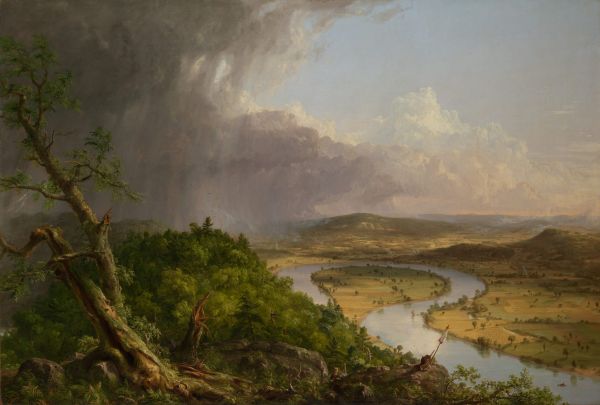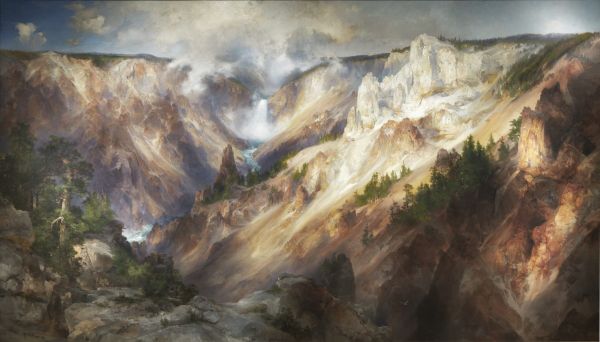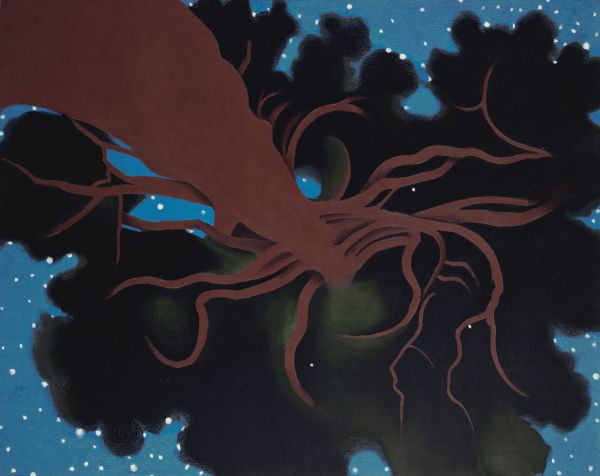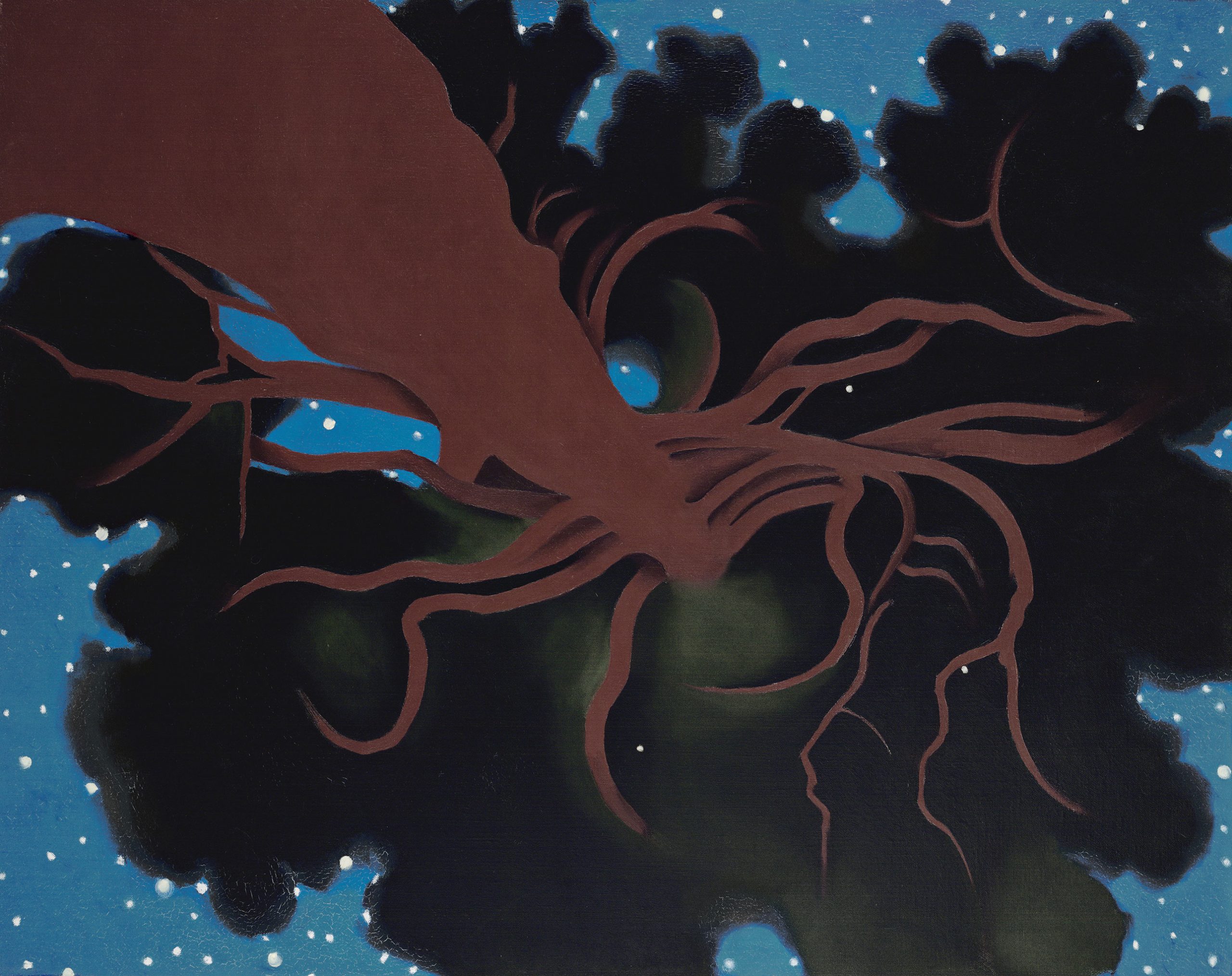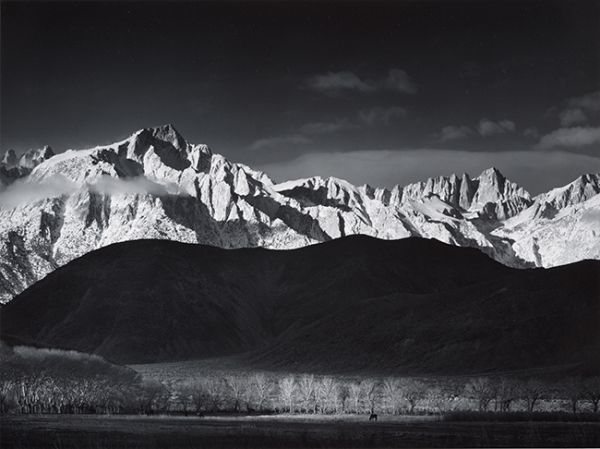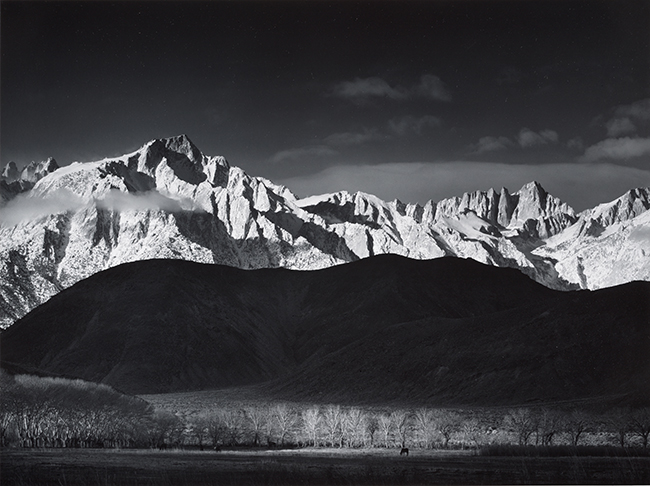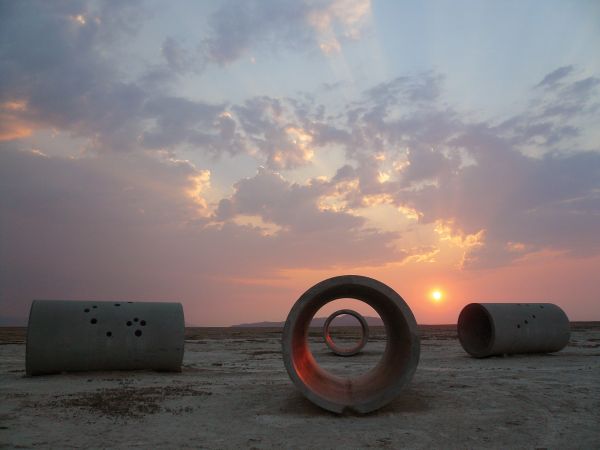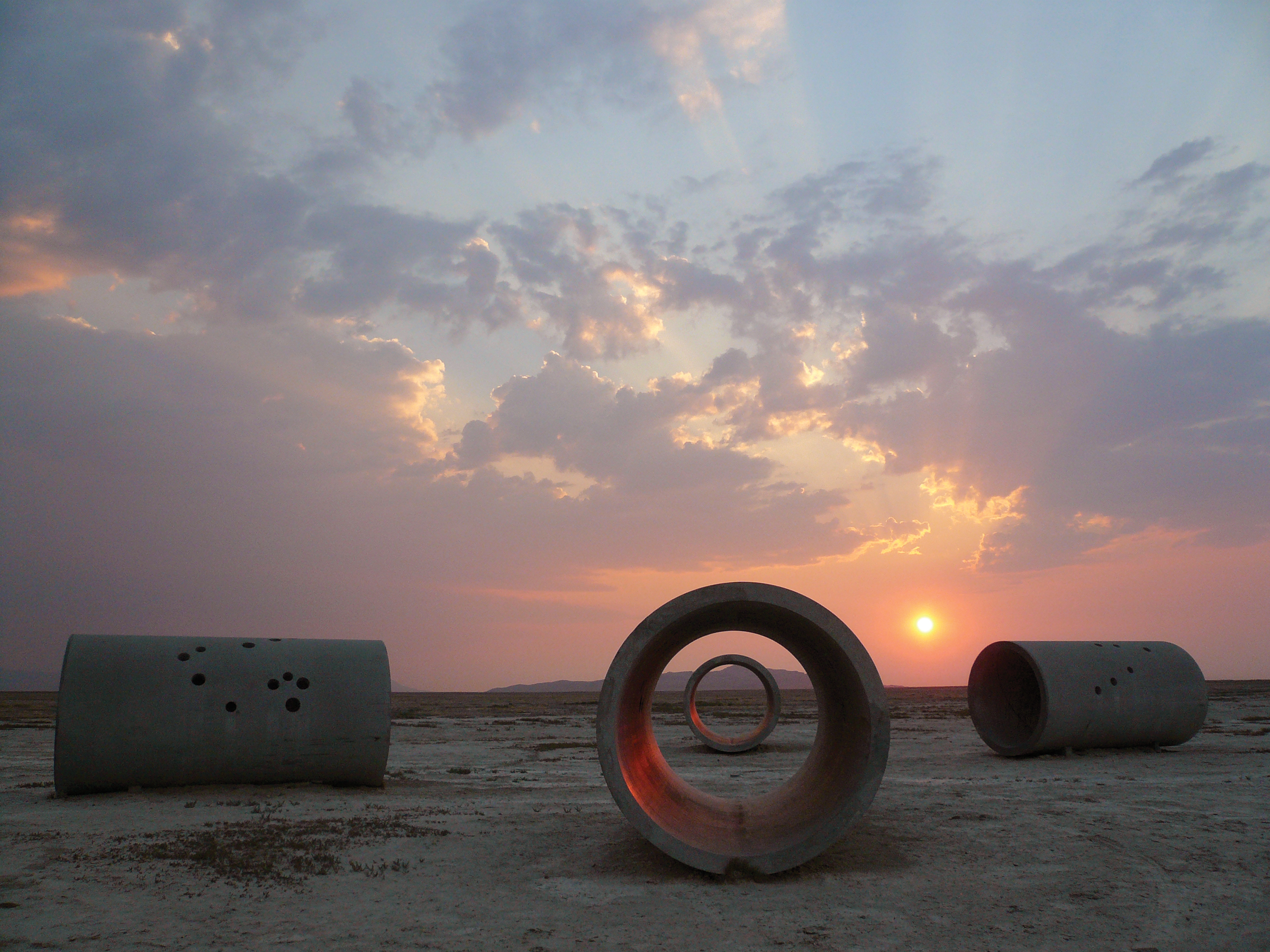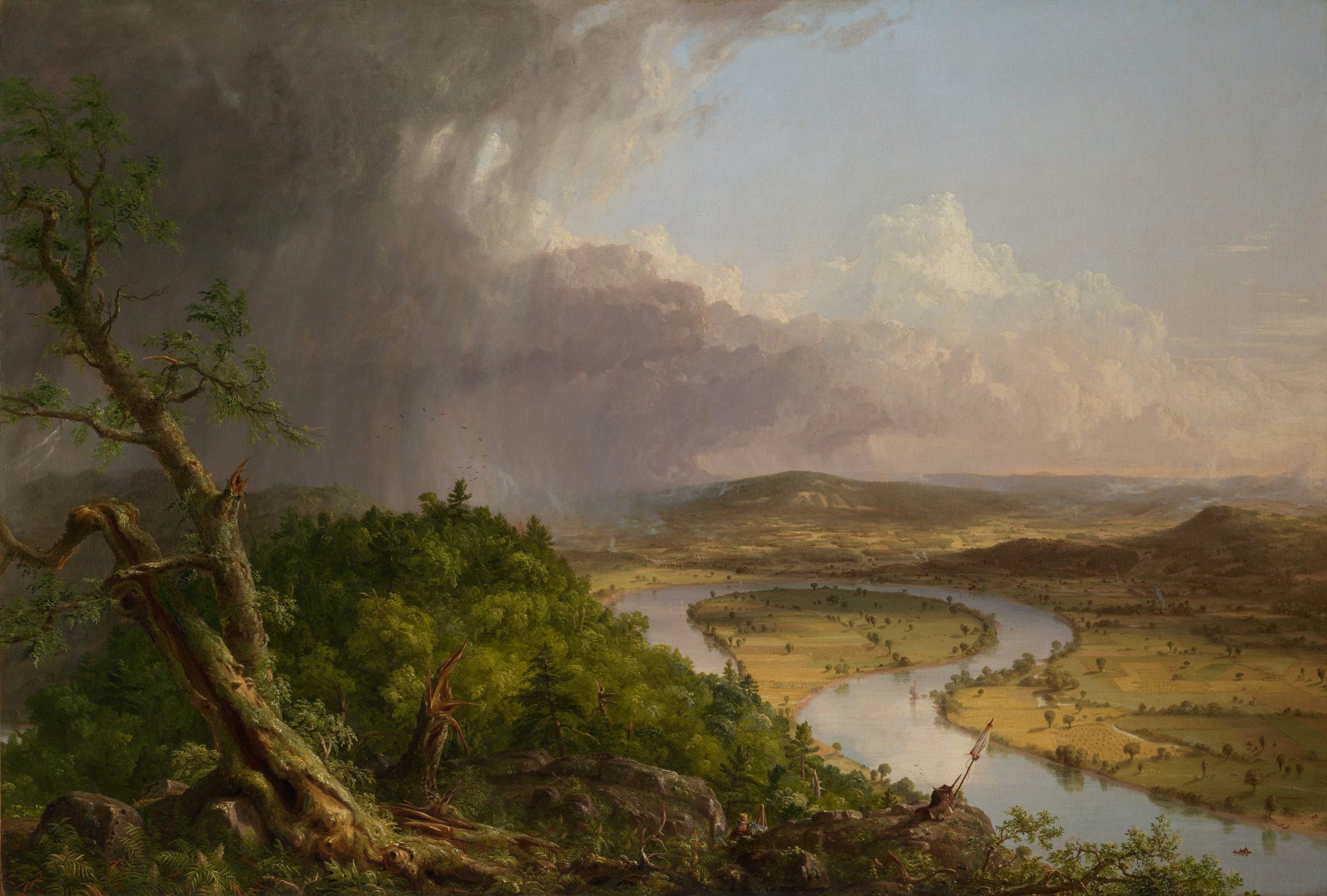
Thomas Cole (American, born England, 1801–1848): View from Mount Holyoke, Northampton, Massachusetts, after a Thunderstorm—The Oxbow, 1836, oil on canvas, 51½ x 76 inches. The Metropolitan Museum of Art, Gift of Mrs. Russell Sage, 1908
Thomas Cole is recognized as the greatest American landscape painter of his generation and the first proto-environmental artist in the United States. Born in Britain, Cole was an economic migrant in the age of the Industrial Revolution who arrived on American soil in 1818. His early depictions of the Hudson River valley introduced a vivid, dramatic style to American art. Anxious to develop as an artist, he returned to Europe between 1829 and 1832, visiting England and Italy. In London, he examined museum collections and met the leading landscape painters of the day, J. M. W. Turner and John Constable. In Italy, he sketched landscapes graced by Roman ruins and studied figure drawing. On his return to the United States, Cole embarked on his most ambitious paintings, The Course of Empire (1836; New-York Historical Society) and The Oxbow, 1836. These works respond to his European experiences while also expressing his abiding passion for the American wilderness. The artist addressed the dangers the young nation faced under the expansionist policies of President Andrew Jackson, which led to drastic ecological, social, and economic change. Horrified by the effects of industrialization on the landscape, Cole sent an impassioned visual warning in his paintings to “dollar-godded utilitarians” about the harsh ecological cost of unchecked development. By the time of Cole’s early death in 1848, landscape painting had become what one critic called “a national art in the New World.”
Elizabeth Mankin Kornhauser
Alice Pratt Brown Curator of American Paintings and Sculpture
The Metropolitan Museum of Art
